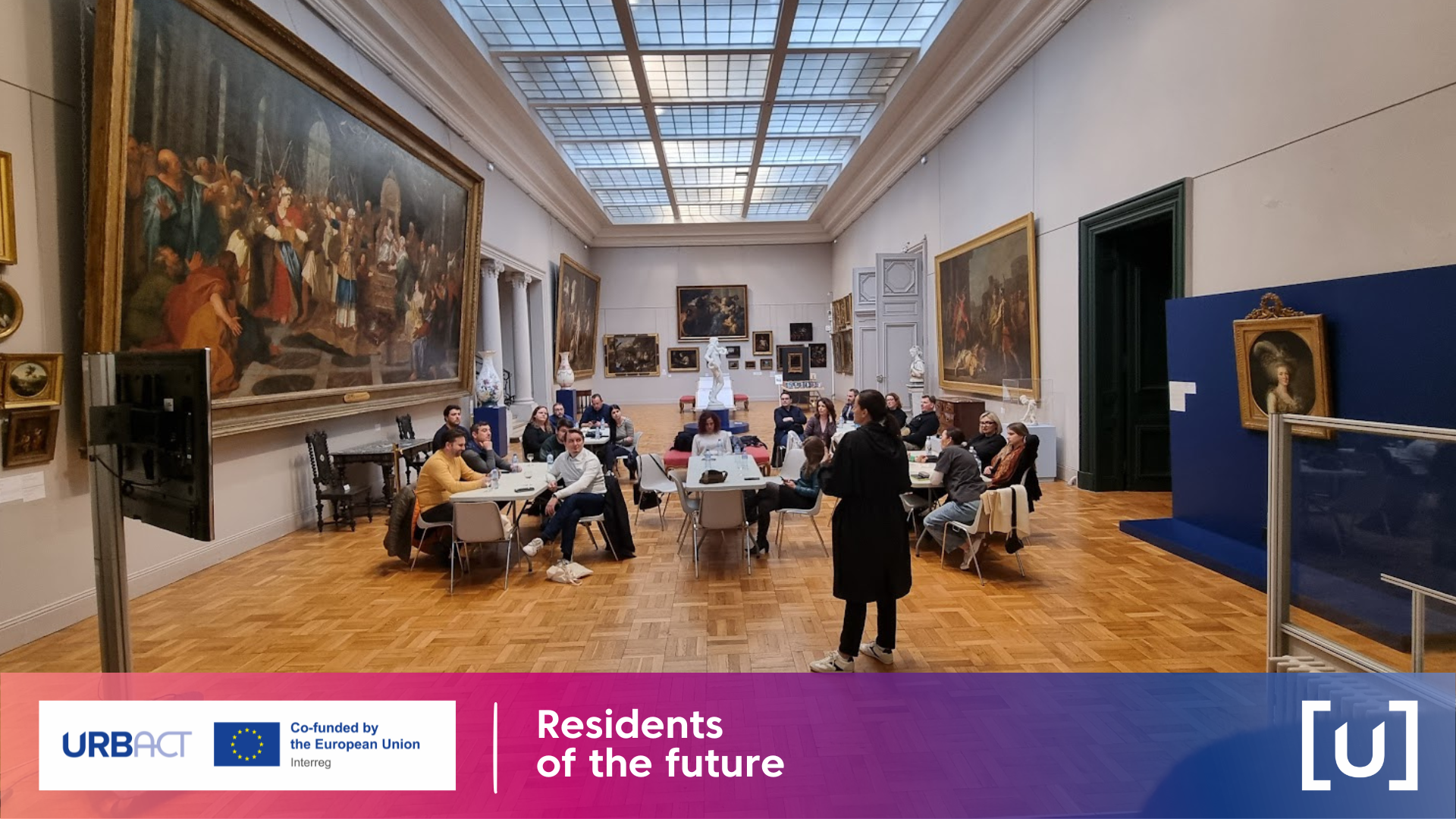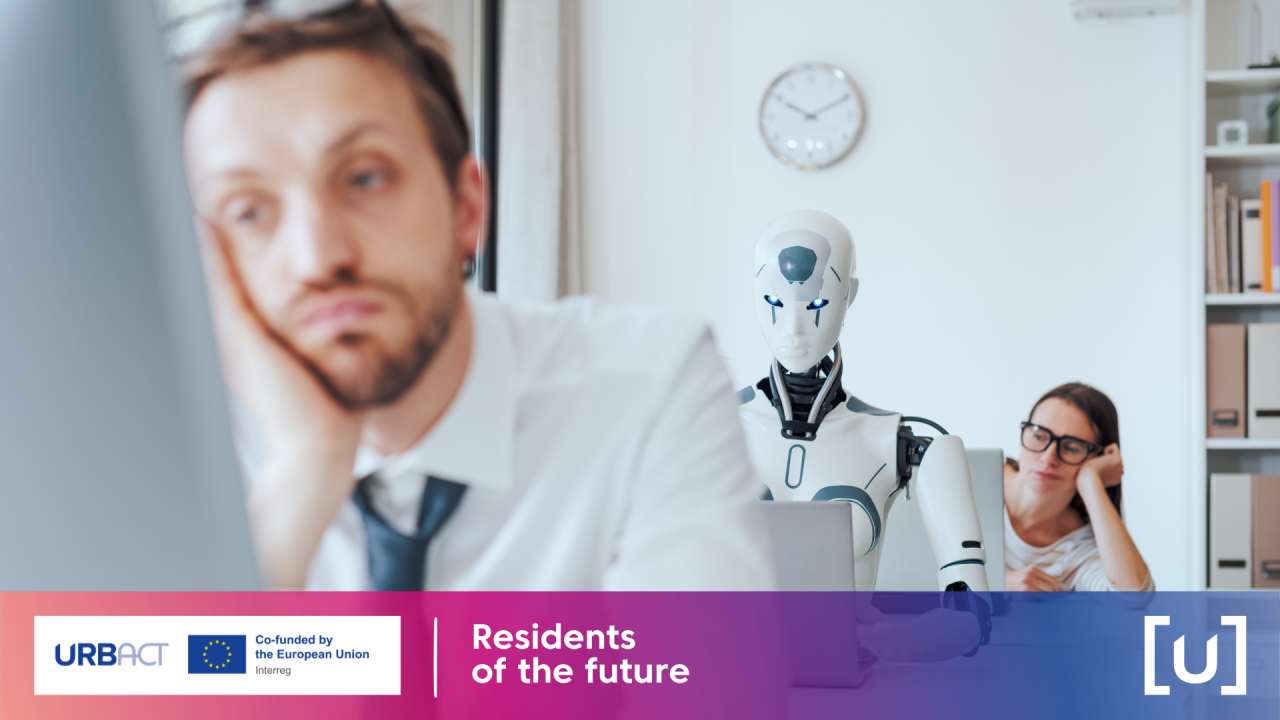Therefore, these changes require careful policy planning and infrastructural investments to avoid negative consequences and to leverage the advantages of digital work for overall economic and social development. All of this, in itself, excludes the adaptation of local policies to digital nomads. Knowing the root of the word "nomad," there’s no need to specifically explain the reserved stance towards these “world travelers.”
That’s why what happened on April 9, 2024, at the Network@work in Saint-Quentin, France, during the Transnational Meeting (TNM) was very important. Looking at the results of the "Unconference about: 'Remote Work & Digital Nomads: how to take the best of the work changes to attract and retain residents'", it can be concluded that representatives from all cities involved in the project understood the complexity of adapting these local communities and their digital transformation.

After that very active and content-rich training, it became completely clear that remote work can have a significant impact on the reduction of population in cities in several ways: Migration from cities: When people can work from home or outside traditional offices, they are no longer tied to living in urban areas for work. This can lead to the migration of people from cities to rural areas or smaller towns where the cost of living is lower, or the quality of life is better. Demographic changes: The departure of people from cities can lead to demographic shifts in these urban areas. For example, if young, working-age individuals leave the cities, it can result in an aging population in those areas. Reduction in demand for housing: When people move out of cities, there is a decrease in demand for housing in those areas. This can lead to a decline in property prices and an increase in vacant residential units in cities. Economic impact: The reduction in population in cities can have economic consequences, including lower local consumption, reduced demand for services, and potentially lower tax revenue for local authorities. Pressure on public infrastructure: The reduction in population in cities can alleviate pressure on public infrastructure such as transportation networks, public transportation, schools, and hospitals. This can lead to changes in planning and management of infrastructure in those areas.
Knowing all this, project cities need to be aware that all these changes require careful planning and management. Therefore, small-scale actions funded from the project budget will be immensely beneficial. These actions can provide cities with the opportunity to carefully plan steps in the process of digital transformation, starting from ground zero where Trebinje is located, all the way to Saint-Quentin and Vilnius, which are "playing" in the champions league of digital transformation for small cities.

Shortly after the TNM held in Saint-Quentin, the EU announced that it is investing €112 million in AI and quantum research and innovation, which adds an adventurous charm to this whole story. AI will inevitably change the approach to remote work, and the Residents of the Future project has already recognized these seismic changes in job creation.
By Slobodan Vulešević, ULG Trebinje, BiH


